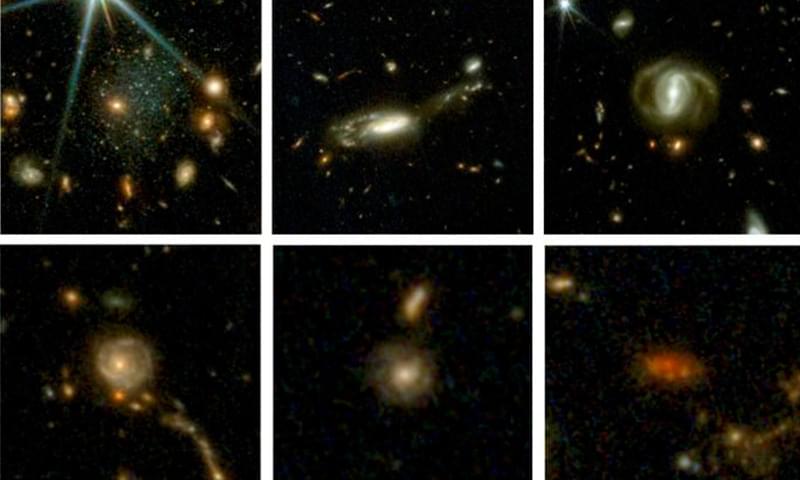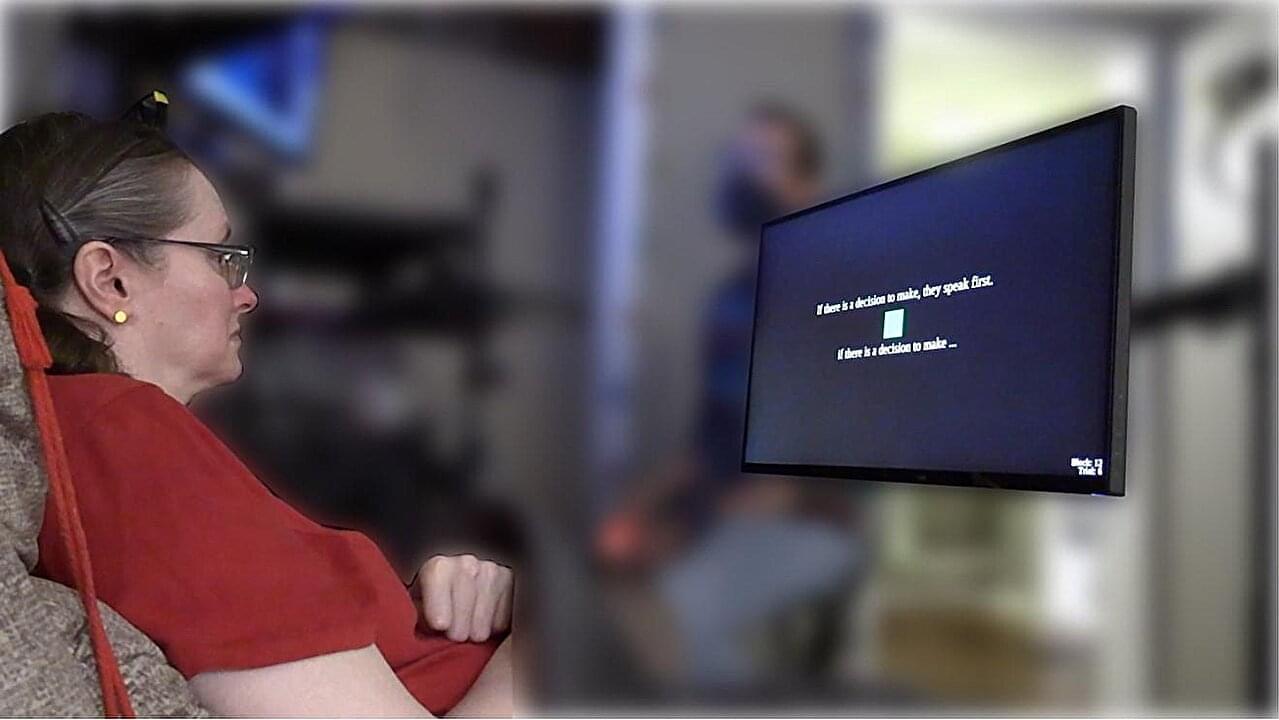In 2023, astronomers recorded one of the most extraordinary space explosions they had ever seen.
It took place some 750 million light-years away, flaring into the detectors of the Zwicky Transient Facility on 7 July. At first, it looked just like a normal supernova – the explosive death of a star – and astronomers named it SN 2023zkd.
Six months later, a search for cosmic anomalies flagged the explosion as a little odd. A look back at data collected since its initial discovery revealed SN 2023zkd had done something really weird: it brightened again.






